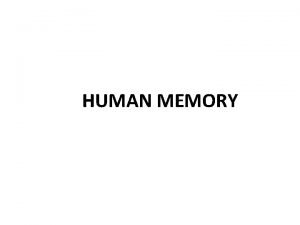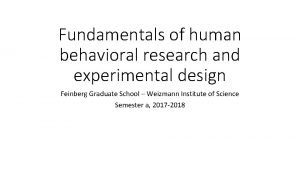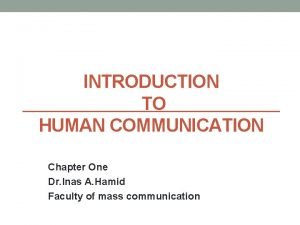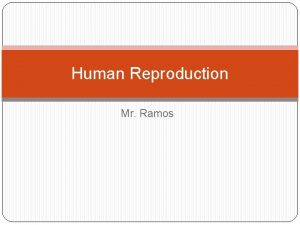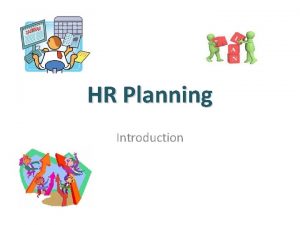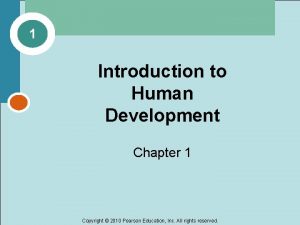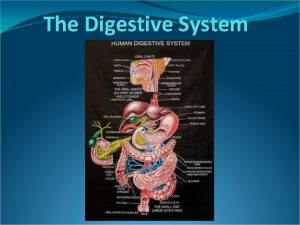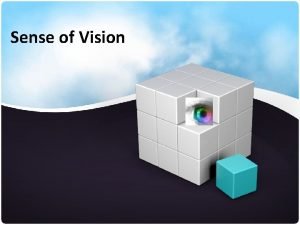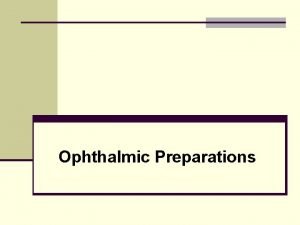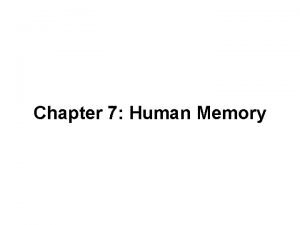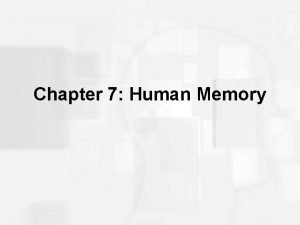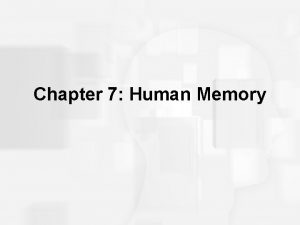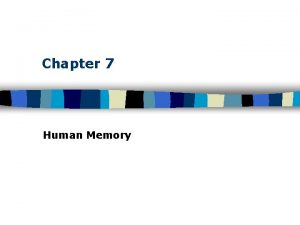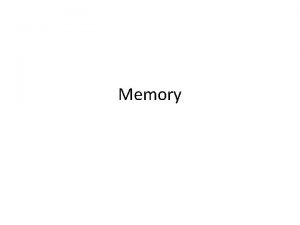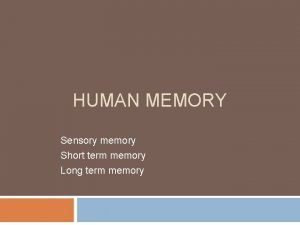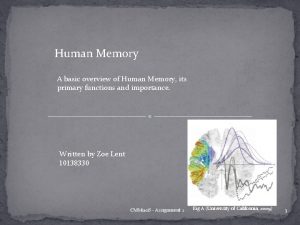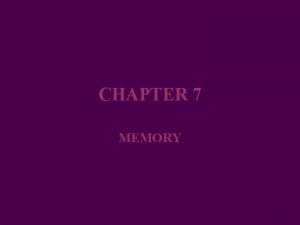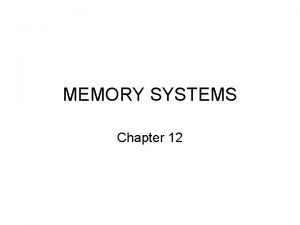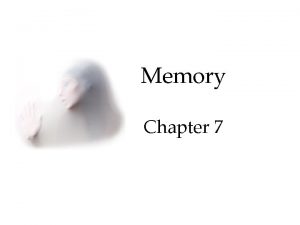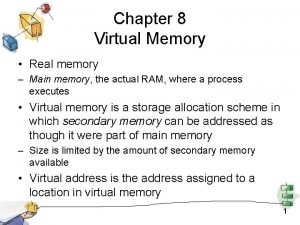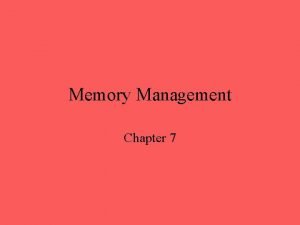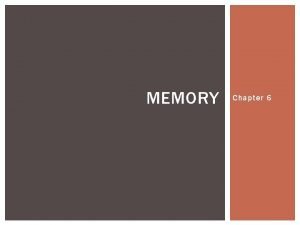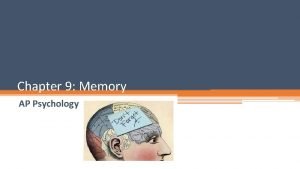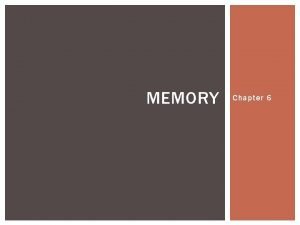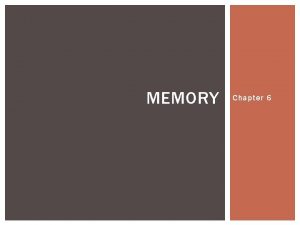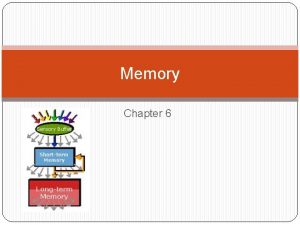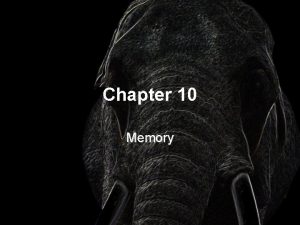HUMAN MEMORY Chapter 1 Introduction to Human Memory































- Slides: 31

HUMAN MEMORY

Chapter 1 Introduction to (Human Memory) the Study of the Brain 2

Memory is Critical: Do We need Memory? Who are you? Remember your past? What do you do? Where were you born? How old are you? Which beer is better? Problem solving? Remember situations?

Cerveza es mejor que beer

Priming (LEARNING!) Exposure to a previous word/concept/picture facilitates its subsequent recognition

I have broken more Elton John records, he seems to have a lot of records. And I, by the way, I don’t have a musical instrument. I don’t have a guitar or an organ. No organ. Elton has an organ. And lots of other people helping. No we’ve broken a lot of records. We’ve broken virtually every record. Because you know, look I only need this space. They need much more room. For basketball, for hockey and all of the sports, they need a lot of room. We don’t need it. We have people in that space. So we break all of these records. Really we do it without like, the musical instruments. This is the only musical: the mouth. And hopefully the brain attached to the mouth. Right? The brain, more important than the mouth, is the brain. The brain is much more important.

The science of memory • Empirical evidence: Results of scientific research (process): Experiments! • Testable questions (Verifiable; replication) • Experiments (Data) • Goal of memory science: generalize about how memory works, BUT under controlled laboratory conditions. 7

History of Memory • Hermann Ebbinghaus (Father of Memory) • Examined the effect of retention intervals on memory. • A retention interval: time between learning and retrieving an item • • • Memory Savings (Method): Reduction in time required to relearn a previously mastered list. • Study a list of 10 words = 10 minutes to master it. • Relearn the list of 10 words = 5 minutes to relearn it Savings = 5 minutes Overlearning: Studying after material has been learned. Spacing Effect: Spacing (spreading) your study over time

FORGETTING CURVE

The forgetting curve that Ebbinghaus obtained when he plotted the results of one of his forgetting experiments. His finding, that information loss is very rapid at first and then levels off, holds true for many types of learned materials. Data from Ebbinghaus (1913). 10

People who learned Spanish in college showed rapid forgetting over the first 3 or 4 years, followed by remarkably little forgetting over the next 30 years (Bahrick, 1984). Those who had a good knowledge (upper line, in blue) continued to have a clear advantage, even 50 years later. Data from Bahrick (1984). 11

History of Memory • Endel Tulving Encoding specificity principle; retrieval should match encoding. • Episodic/semantic distinction in memory; multiple memory systems. •

History of memory • Mary Calkins • Paired-associate learning. • Learn words linked together “rainbow–cathedral, ” “captain –carbon. ” • Recency effect: immediate recall (that is, when the test occurs right after learning), items which were most recently learned are remembered better than items from the middle of the list. 13

History: Memory and Behaviorism • Behaviorism. Only study directly observable behavior. Stimulus Response WHAT HAPPENS IN THE MIDDLE? A BLACK BOX? PROCESSING? • Classical conditioning: An Association between a stimulus (RING BELL) and an outcome (GETTING FOOD) • Organism demonstrates response (e. g. , salivating); organism has learned the association between the stimulus and the outcome. • Operant conditioning: organism learns (IS IN CONTROL) to emit responses (e. g. , pressing a bar), in response to a stimulus, to achieve desirable outcomes (getting food) or avoiding undesirable outcomes (getting electric shock).

http: //images. flatworldknowledge. com/stangor-fig 07_003. jpg

A NEW FORMULATION OF S-R?

History of Memory www. dmacc. edu/instructors/blmoses/powerpoints/Huffman%20 Chap%207%20 PP. p pt • • Cognitive psychology: Emphasizes hidden mental processes/representations. • Computer metaphor and the flow of information (informations moves and transforms overtime). Cognitive neuroscience: The role of the brain in producing cognition. Information-processing approach to memory: Information flows from the environment through sensory storage and short-term storage to long-term memory.

Information Processing Approach Basic assumptions Processing broken down into stages (Reductionism: Isolate processes) HOW MANY HANDS DID ARISTOTLE HAVE? Stage 1: Access LTM, who, what is this? Stage 2: Retrieve—Greek and human, Man Stage 3: Answer—two hands!

What is Memory? Not at unitary System Episodic (Autobiographical, Who am I? ) (Space & Time) Apple mentioned in class yesterday? Semantic (Who was the 1 st US President? ) Is apple a fruit? Procedural (Automatic, Driving Car) Working memory (Pink Elephants? )

Three Aspects of Memory

Memory measures • Recall: the person must generate the target memory. • Recognition: matching one’s memory to presented choices. • Implicit tests: draw on non-conscious processes • Source judgments: where information was learned from. • Metamemory judgments: our knowledge and awareness of memory. 21

The human brain, showing those areas particularly related to memory.

Memory Measures • • • Neuropsychology: correlating brain damage with behavioral deficits in memory. Animal models: studying animal memory as a model of human memory. Cognitive neuroscience: using neuroimaging techniques to correlate brain processes with cognitive processes.

Cognitive Neuroscience Methods • Neuroimaging: Techniques to make “brain-maps” (visually examine) and assign functions to particular regions of the brain • EEG (Electroencephalography): Measures the electrical output of the brain EEG provides an excellent way of measuring the changes at the millisecond level that happen in the brain as a person engages in a memory task. EEG can be averaged to create ERP (kinds of waves) • MEG (magnetoencephalography): A magnetic sensor detects the small magnetic fields that are produced by the electrical activity in the brain. Similar to EEG, Produces better spatial maps than EEG • PET (Positron emission tomography): measures blood flow in the brain using radioactive chemicals. Radioactive chemical carried by blood stream. Areas where there is more blood more cognitive activity. X-ray like cameral measures radioactivity. PET is very good at making spatial maps of the brain and pinpointing where in the brain activity is taking place.







Cognitive Neuroscience Methods • Neuroimaging: Techniques to make “brain-maps” (visually examine) and assign functions to particular regions of the brain • f. MRI (functional magnetic resonance imagery): • Participants place in magnetic fields that align the molecules on the brain. As blood flows into different areas of the brain, the molecule's organization is disrupted • FMRI traces oxygen molecule in the blood measuring which areas are more active. It can take a picture every. 5 seconds, it allows to both determine where in the brain a particular memory function is taking place and how it changes over time (It's slower than EEG/MEG)
 New approaches to organizing hr
New approaches to organizing hr Human resource management lecture chapter 1
Human resource management lecture chapter 1 Chapter 1 introduction to human anatomy and physiology
Chapter 1 introduction to human anatomy and physiology Distal and proximal
Distal and proximal Prototypes in semantics
Prototypes in semantics Explicit memory
Explicit memory Long term memory vs short term memory
Long term memory vs short term memory Internal memory and external memory
Internal memory and external memory Primary memory and secondary memory
Primary memory and secondary memory Logical versus physical address space
Logical versus physical address space Which memory is the actual working memory?
Which memory is the actual working memory? Page fault
Page fault Virtual memory in memory hierarchy consists of
Virtual memory in memory hierarchy consists of Eidetic memory vs iconic memory
Eidetic memory vs iconic memory Symmetric shared memory architecture
Symmetric shared memory architecture Cna chapter 8 human needs and human development
Cna chapter 8 human needs and human development Chapter 8 human needs and human development
Chapter 8 human needs and human development Human memory management
Human memory management Types of human memory
Types of human memory Conclusion paragraph format
Conclusion paragraph format Introduction to human communication
Introduction to human communication Human digestive system
Human digestive system Human reproduction introduction
Human reproduction introduction Introduction to hrm
Introduction to hrm Swot analysis of hr manager
Swot analysis of hr manager Defintion of hrm
Defintion of hrm Hr planning meaning
Hr planning meaning Human development introduction
Human development introduction Introduction digestive system
Introduction digestive system Introduction of human eye
Introduction of human eye Introduction of human eye
Introduction of human eye Introduction to human variation
Introduction to human variation

















